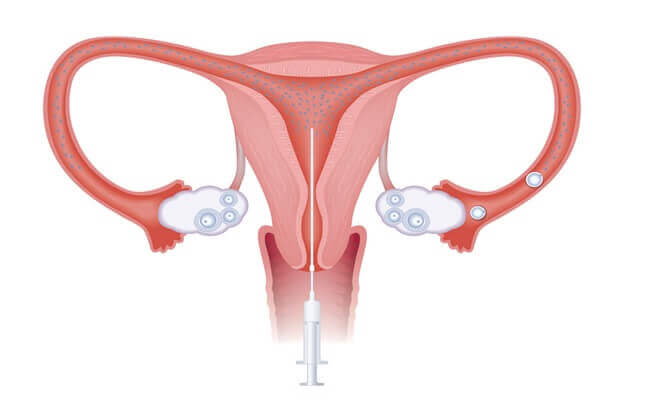
Process and benefits of IUI treatment and procedure

IUI, which stands for intrauterine insemination, is a procedure where a concentrated amount of washed sperm is placed directly into the uterus using a specialized catheter. This is done during the ovulation period to enhance the chances of sperm reaching the egg and increasing the likelihood of successful fertilization. The primary objective of IUI is to optimize the number of sperm that can potentially fertilize the egg, thus maximizing the chances of conception.